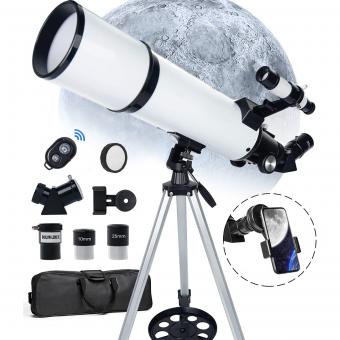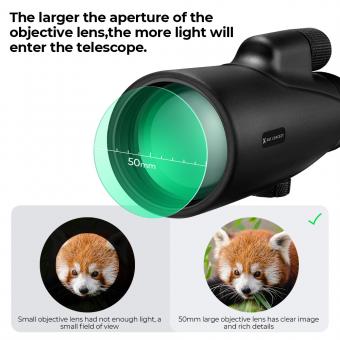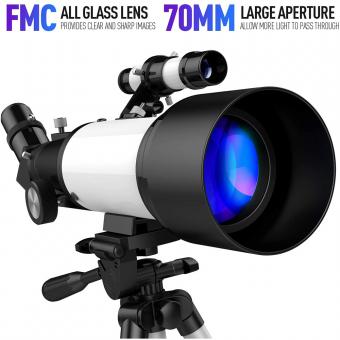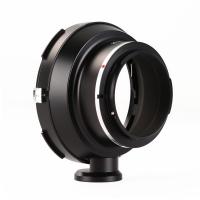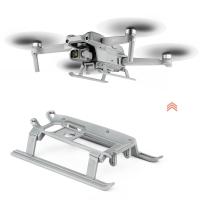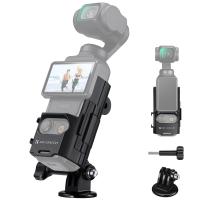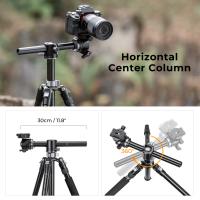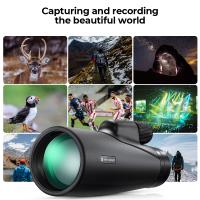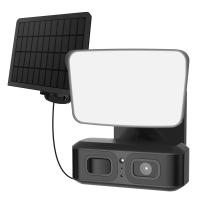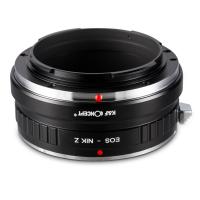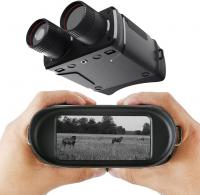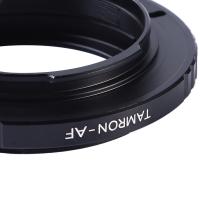What Can You See Through A Telescope ?
Through a telescope, you can see various celestial objects such as stars, planets, moons, galaxies, nebulae, and comets. Telescopes allow us to observe these objects in greater detail and clarity than what is visible to the naked eye. By magnifying the image, telescopes reveal intricate features of celestial bodies that are otherwise difficult to discern. They enable us to study the surface of planets, observe the phases of the Moon, identify distant galaxies, and track the movement of comets. Telescopes also aid in astronomical research, helping scientists gather data and make discoveries about the universe.
1、 Celestial bodies: Stars, planets, moons, and other astronomical objects.
Through a telescope, one can observe a vast array of celestial bodies, including stars, planets, moons, and other astronomical objects. The telescope allows us to peer into the depths of space and explore the wonders of the universe.
Stars are one of the most common objects observed through a telescope. With their varying sizes, colors, and brightness, telescopes enable us to study their composition, temperature, and distance from Earth. We can also observe star clusters, where hundreds or even thousands of stars are gravitationally bound together.
Planets within our solar system are another fascinating sight through a telescope. We can observe the gas giants like Jupiter and Saturn, with their intricate cloud bands and mesmerizing rings. Telescopes also reveal the rocky planets, such as Mars, Venus, and Mercury, allowing us to study their surface features and atmospheric conditions.
Moons orbiting planets are also visible through telescopes. For example, we can observe Jupiter's four largest moons, known as the Galilean moons, which were first discovered by Galileo Galilei. These moons exhibit their own unique characteristics and provide insights into the dynamics of planetary systems.
Beyond our solar system, telescopes allow us to observe distant galaxies, nebulae, and star clusters. These objects provide a glimpse into the vastness of the universe and help us understand its evolution and structure. With advanced telescopes and technology, astronomers can even study exoplanets, planets orbiting stars outside our solar system, and search for signs of potential habitability.
It is important to note that the capabilities of telescopes continue to evolve. With advancements in technology, such as adaptive optics and space-based telescopes like the Hubble Space Telescope, our ability to observe celestial bodies becomes more refined. These advancements enable us to capture stunning images and gather valuable data, pushing the boundaries of our knowledge about the universe.
2、 Deep space objects: Nebulae, galaxies, and star clusters.
Through a telescope, one can observe a vast array of celestial objects, ranging from our neighboring planets to distant galaxies. However, when it comes to deep space objects, the possibilities become even more fascinating. Peering into the depths of the universe, telescopes allow us to witness the beauty and complexity of nebulae, galaxies, and star clusters.
Nebulae, often referred to as "stellar nurseries," are vast clouds of gas and dust where new stars are born. These cosmic formations come in various shapes and colors, such as the iconic Orion Nebula or the colorful Helix Nebula. Through a telescope, we can witness the intricate details of these interstellar clouds, revealing the birth and death of stars, as well as the formation of planetary systems.
Galaxies, the building blocks of the universe, are immense collections of stars, gas, and dust held together by gravity. Telescopes allow us to observe galaxies of different shapes and sizes, from spiral galaxies like our Milky Way to elliptical and irregular galaxies. By studying these distant cosmic islands, astronomers can gain insights into the evolution of the universe, the distribution of dark matter, and the formation of supermassive black holes at their centers.
Star clusters, on the other hand, are groups of stars that are gravitationally bound together. They come in two main types: open clusters and globular clusters. Open clusters, like the Pleiades, are relatively young and contain a few hundred to a few thousand stars. Globular clusters, such as Omega Centauri, are much older and can contain hundreds of thousands or even millions of stars densely packed together. Through telescopes, we can observe the intricate patterns and structures of these stellar communities, providing valuable information about stellar evolution and the dynamics of star clusters.
It is important to note that the latest advancements in telescope technology, such as the Hubble Space Telescope and the upcoming James Webb Space Telescope, have revolutionized our understanding of deep space objects. These cutting-edge instruments have allowed us to capture breathtaking images and gather detailed data, unveiling the mysteries of the universe in unprecedented ways. As our knowledge and technology continue to advance, we can expect even more astonishing discoveries and insights into the wonders of deep space.
3、 Solar system features: Craters, mountains, and valleys on the Moon.
Through a telescope, one can observe a wide range of celestial objects and phenomena. When it comes to the Solar System, telescopes provide us with a fascinating glimpse into the features of various celestial bodies. One such example is the Moon, which offers a wealth of detail for observation.
By peering through a telescope, we can witness the intricate landscape of the Moon's surface. Craters, mountains, and valleys are among the prominent features that become visible. These formations are the result of impacts from asteroids and comets over billions of years. The Moon lacks an atmosphere, which means that these impacts have not been eroded or weathered away like on Earth. As a result, the Moon's surface preserves a record of these ancient collisions.
The craters on the Moon vary in size and shape, ranging from small, bowl-shaped depressions to large, circular formations. Some craters have central peaks or terraced walls, providing clues about the impact dynamics. Mountains on the Moon, such as the Apennine Mountains and the Taurus Mountains, can also be observed through a telescope. These mountain ranges were formed by the same impacts that created the craters.
Additionally, valleys, known as rilles, can be seen on the Moon's surface. These elongated depressions are believed to have been formed by ancient lava flows or collapsed lava tubes. They can stretch for hundreds of kilometers and provide a glimpse into the Moon's volcanic past.
It is worth noting that our understanding of the Moon's features has evolved over time. With advancements in technology and the use of more powerful telescopes, scientists have been able to study the Moon in greater detail. For instance, recent missions, such as NASA's Lunar Reconnaissance Orbiter, have provided high-resolution images and data that have enhanced our knowledge of the Moon's surface.
In conclusion, through a telescope, one can observe various features of the Moon's surface, including craters, mountains, and valleys. These formations offer insights into the Moon's geological history and the impacts that have shaped its landscape. As technology continues to advance, our understanding of the Moon and other celestial bodies within the Solar System will undoubtedly deepen.
4、 Astronomical events: Eclipses, meteor showers, and comets.
Through a telescope, one can observe a wide range of astronomical events that captivate the imagination and deepen our understanding of the universe. Some of the most awe-inspiring phenomena visible through a telescope include eclipses, meteor showers, and comets.
Eclipses are celestial events that occur when one celestial body passes in front of another, casting a shadow on the other body. Solar eclipses, where the Moon passes between the Earth and the Sun, can be observed through a telescope with proper solar filters. The sight of the Moon slowly covering the Sun, creating a temporary darkness during the day, is a truly remarkable experience. Lunar eclipses, on the other hand, occur when the Earth comes between the Sun and the Moon, causing the Moon to appear reddish in color. Through a telescope, one can witness the gradual darkening and reddening of the Moon during a lunar eclipse.
Meteor showers are another captivating sight that can be observed through a telescope. These occur when the Earth passes through a trail of debris left by a comet or asteroid. As the debris enters the Earth's atmosphere, it burns up, creating streaks of light across the night sky. While meteor showers are often best observed with the naked eye, a telescope can provide a closer look at individual meteors and their trails.
Comets, with their glowing tails and unpredictable appearances, have fascinated humans for centuries. Through a telescope, one can observe the intricate details of a comet's nucleus and its surrounding coma. Additionally, as comets move through the solar system, their tails can change in length and shape, providing a dynamic and ever-changing spectacle.
It is important to note that the specific events visible through a telescope can vary depending on the time of year and the location of the observer. However, with advancements in technology and the availability of online resources, astronomers can stay up to date with the latest astronomical events and plan their observations accordingly. Whether it's witnessing a solar eclipse, marveling at a meteor shower, or tracking the path of a comet, a telescope offers a window into the wonders of the universe.






